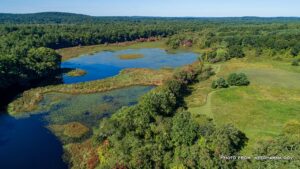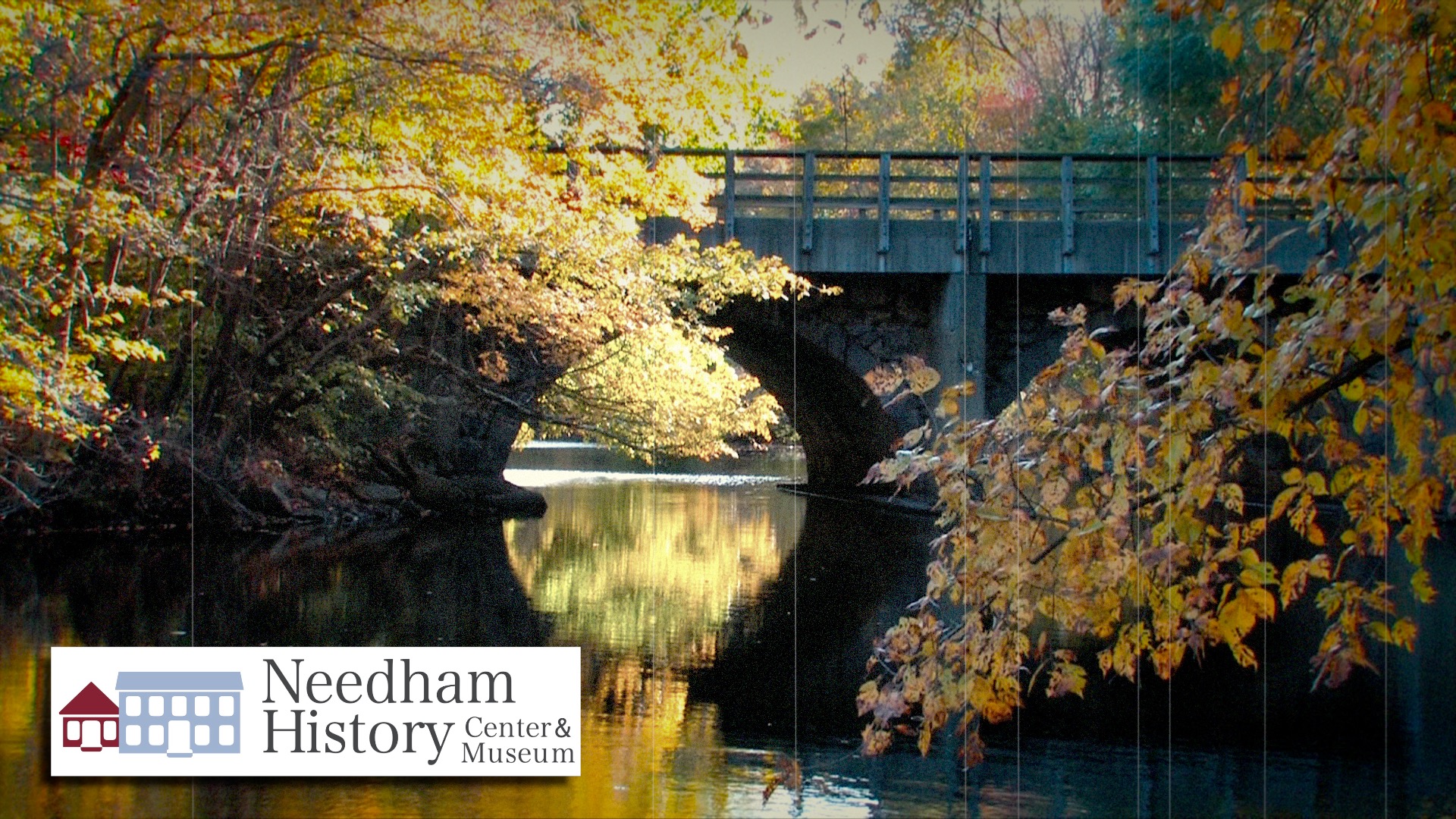
Needham History: The Baby Ghost of Cook’s Bridge
Wow! Special Halloween Bonus Issue!

These are the Days of the Dead – Halloween/All Hallows’ Eve on October 31, All Saints’ Day on November 1, and All Souls’ on November 2.
For most of us, the holidays provide us with a good excuse to dress up and eat all the candy that we bought “for the kids.” But traditionally, and throughout the world, festivals like these are a time to confront our mortality and to keep safe in our hearts the memories of our beloved dead – to find comfort from both our fear and our grief by praying for them, talking to them, and sharing their stories for the next generation to remember.
This universal need to remember and be remembered can be seen in colonial America – Needham included – by the central location of cemeteries and churchyards. Although Nehoiden Street is by no means on the main path anymore, in 1711 when Needham was founded, it was right in the center of town, and on the town’s main street.
So, in the spirit (sorry!) of the Days of the Dead, here’s more about the Cemetery, and past Needhamites who are Gone, but Not Forgotten.
So Sleep the Saints…
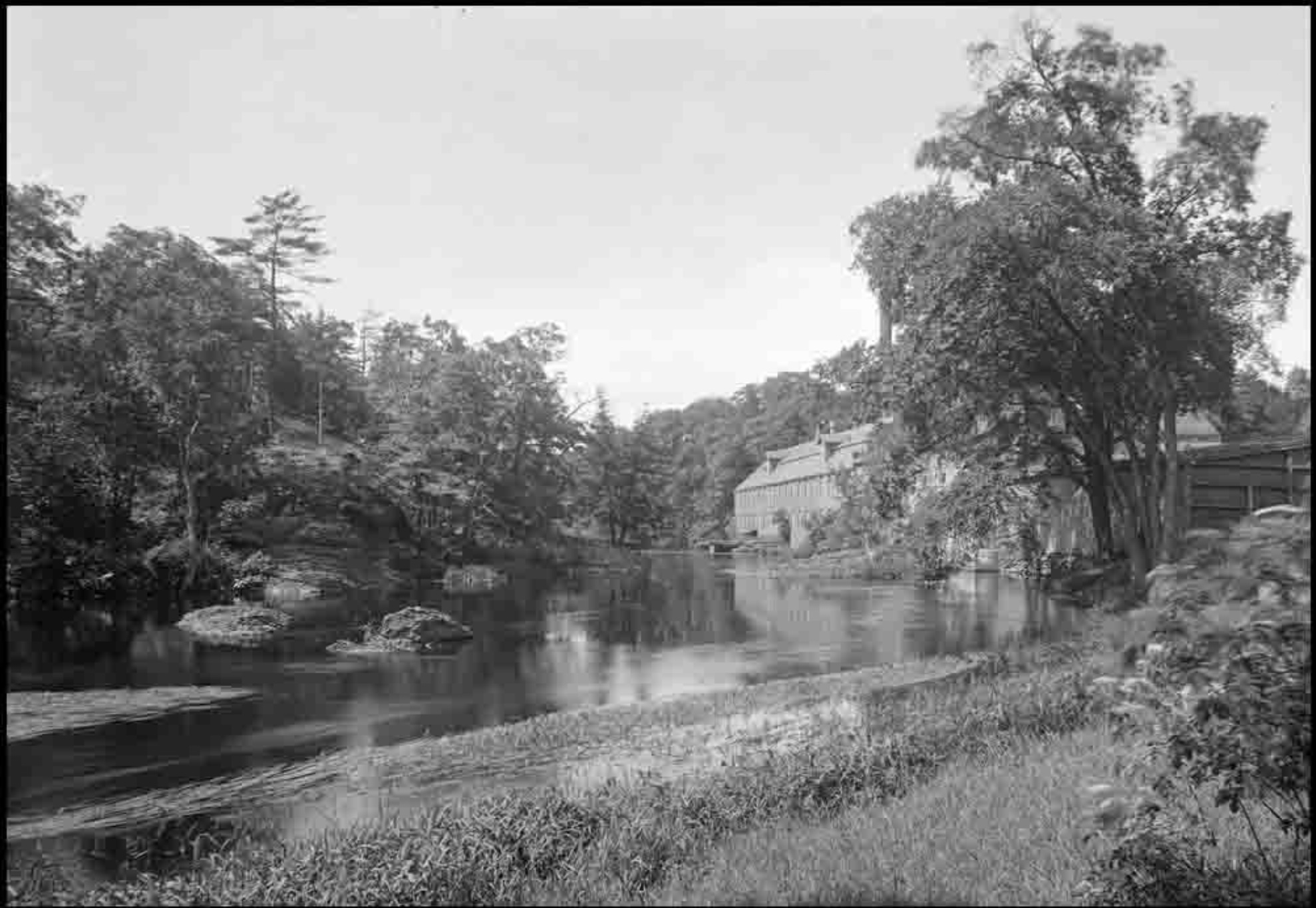 A view from Cook’s Bridge (Central Avenue at Upper falls) toward the Upper Falls mills, showing the large rock in the river channel. This rock appears on earlier maps, but has since disappeared.
A view from Cook’s Bridge (Central Avenue at Upper falls) toward the Upper Falls mills, showing the large rock in the river channel. This rock appears on earlier maps, but has since disappeared.
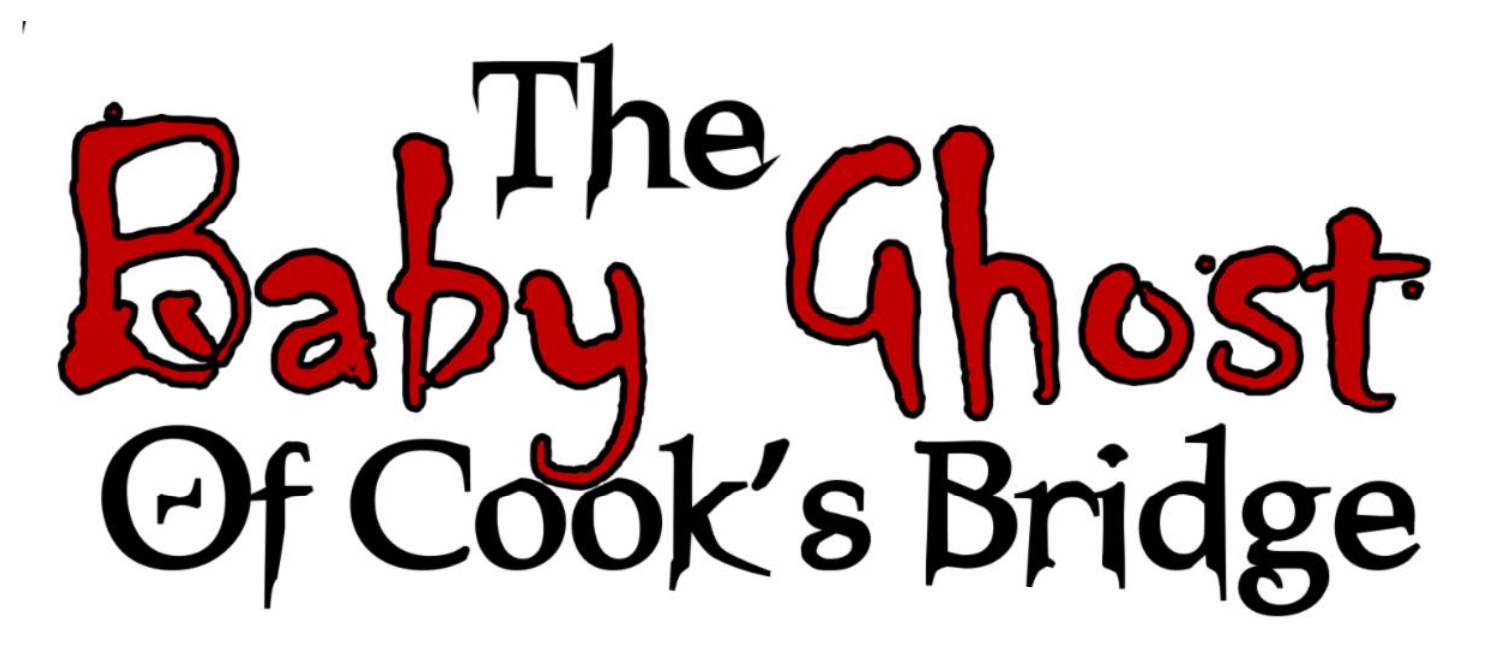 I am always on the lookout for good Needham ghost stories. They are in very short supply, so if you know any, please let me know! I came across this one by chance, when doing some research for the renovation of Cook’s Bridge in Upper Falls. This incident is described in Ken Newcomb’s excellent history of Upper Falls, Makers of the Mold.
I am always on the lookout for good Needham ghost stories. They are in very short supply, so if you know any, please let me know! I came across this one by chance, when doing some research for the renovation of Cook’s Bridge in Upper Falls. This incident is described in Ken Newcomb’s excellent history of Upper Falls, Makers of the Mold.
There was an old house on Central Avenue, just on the right after you crossed Cook’s Bridge from Newton Upper Falls and arrived on the Needham side. The address was 27 Dudley’s Yard – the old name for the little street now called Hamilton Place. In the late 19th century, Dudley’s Yard was the site of Ezra Dudley’s home and textile mill. The house, which was built sometime before 1830, is long gone – apparently taken down sometime in the 1940s – and the current house on that corner is quite new.
The house was described by an 1870s-era occupant as “quite attractive.” It was a double house, surrounded by a white fence, and with two large elms in front. Each half of the house had five large rooms, plus a basement kitchen that opened out to a level dooryard. The house also had a fenced back yard, and access to the broad grassy slope that ran down to the Charles River (now the Echo Bridge Park).
What the resident did not mention – perhaps did not know – was the house’s sinister reputation.
It was said that a “wee spectre” haunted the house once upon a time, the ghost of an infant long ago murdered within its walls. Occupants were awakened at night by the sounds of a child crying, and the rocking of a cradle.
And then in 1839, for some reason, the ghost of the child began to appear daily, at the large rock that once lay in the river opposite the house. The apparition was naked, and about the size of a ten-month-old child. Every day around mid-day, it could be seen running back and forth from the rock to the water. Its rocking cradle could be heard beneath the sounds of the rushing water. Then, after about an hour it would suddenly disappear, only to appear again at the same time on the next day.
The sighting attracted the attention of the community, and every day hundreds of people would crowd onto Cook’s Bridge to watch the ghostly apparition. It was widely understood that this ghost was the restless spirit of the murdered child from the haunted house. Its sudden outdoor manifestation made people uneasy; children were called home in the evening and people stayed inside after dark.
Canoeing under Cook’s Bridge, circa 1905. Although the Haunted House is not visible (hidden behind the bridge in this view), the twin elms can be seen rising behind the bridge, and mark the house’s location.
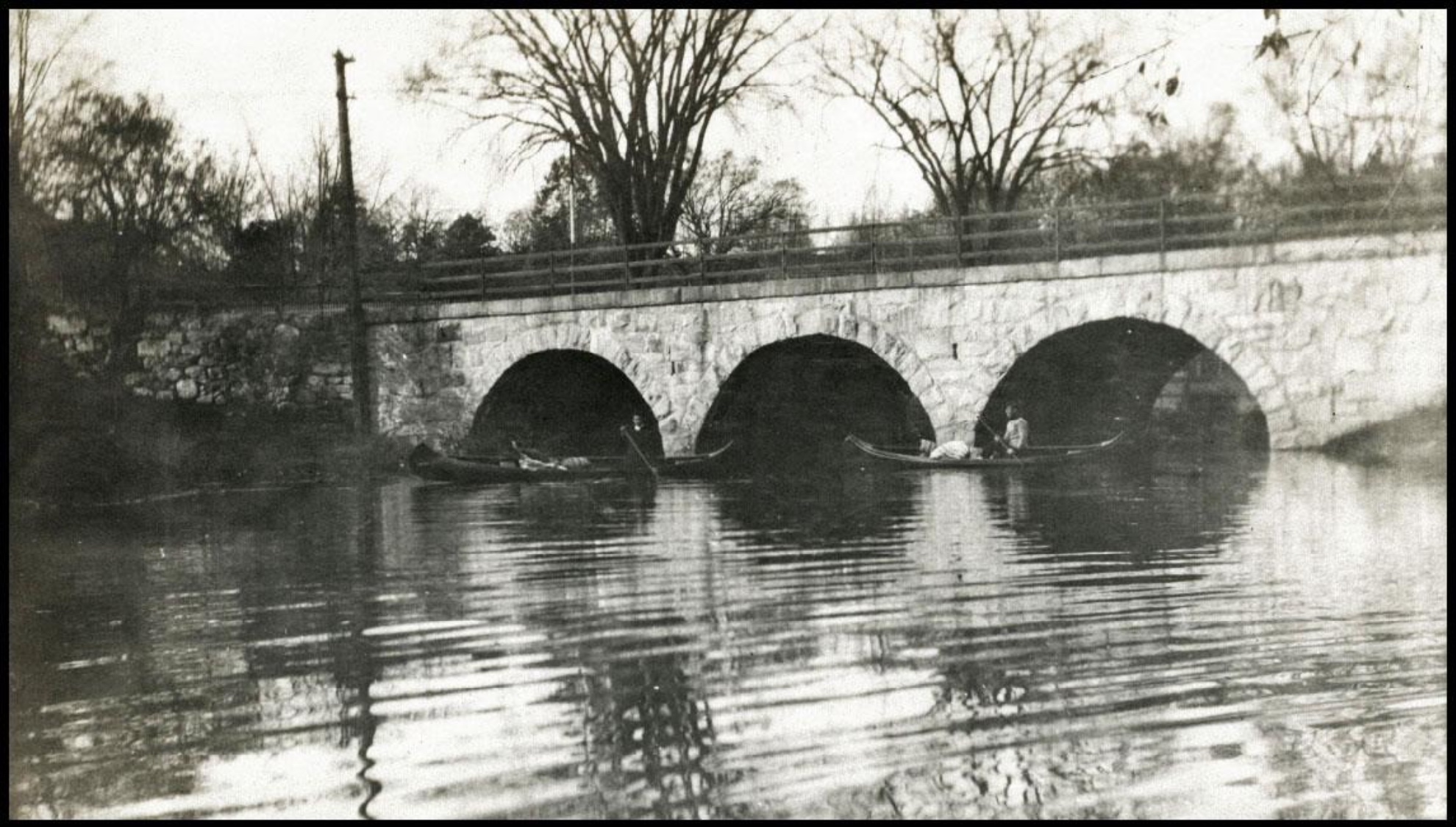
This went on for about a week, with increasing excitement and anxiety in the neighborhood. Then one day, a young man decided to investigate and waded out the rock. There he found a piece of glass, which had become snagged on the rock. He captured this “ghost” and brought it back to the crowd on the bank. It seems that, each day when the sun reached a certain angle, it had reflected off the glass and the water swirling around the base of the rock, to produce the flashing apparition. As the sun continued in its motion, it passed the reflection point and the “ghost” disappeared until the sun rose again the next day. Once the explanation was found the excitement abated, and the apparition (mostly) passed from memory.
This corner has changed a great deal since those days. Dudley’s mill is gone, and the name of his street became Hamilton Place sometime in the 1940s. Commerce in the neighborhood now centers mostly around eateries and small repair shops. The large rock in the river, visible on old maps, seems to have disappeared – the last mention I’ve seen of “the great mid-stream rock” is from King’s Handbook of Newton in 1899. I have driven by for a look, but no large rocks broke the glassy surface of our sluggish river.
So, the apparition is gone. The ‘great midstream rock’ is gone. The old haunted house is gone.
And the Baby Ghost? – Who knows??
 |
Gloria Polizzotti Greis is the Executive Director of the Needham History Center & Museum. For more information, please see their website at www.needhamhistory.org. |
